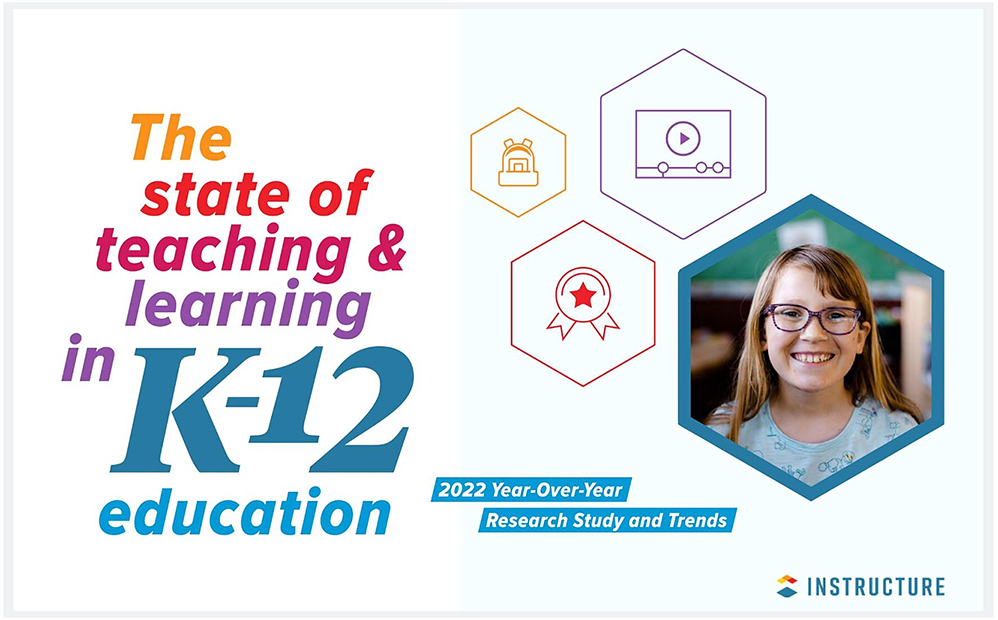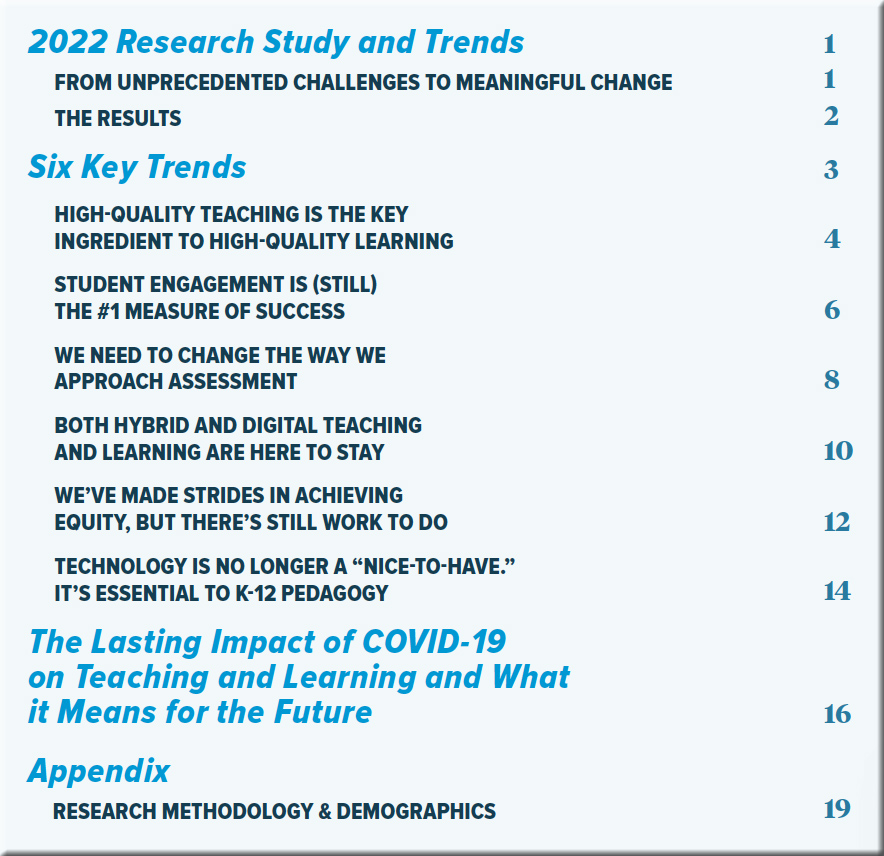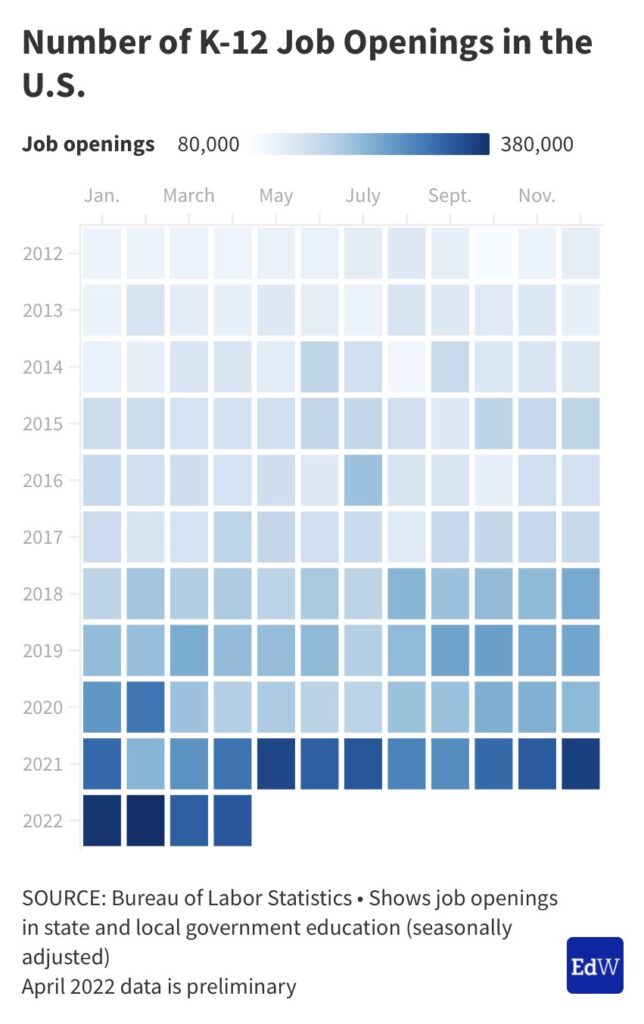5 reasons why legal tech matters — from lawyer-monthly.com by Colin Bohanna
Excerpt:
5. Technology can improve access to justice
Using technology can help to increase access to justice in a number of ways. The increased adoption of videoconferencing technology seen during the pandemic has had a positive impact on those who have traditionally struggled to access legal services. That includes those living in rural areas, who may not live in proximity to a lawyer qualified to deal with their specific matter; those working in precarious situations that may not enable them to travel to meet a lawyer or who may have family- or elder-care responsibilities; and people with disabilities who may have mobility issues that make travel difficult.
Tech can also play an essential role in the support of legal aid. We know there’s a perception that the level of paperwork, admin, and invoicing requirements means the burden of conducting legal aid is high. As Clio is committed to transforming the legal industry, we offer a legal aid solution as part of our practice management software at no extra cost in order to increase access to justice, for all. It helps to cut legal aid processes drastically so that legal aid providers can focus on their client work and make legal aid work more financially viable.
Also relevant/see:
Top 10 Legal Operations Trends in 2022. — from jdsupra.com
Key legal operations trends for 2022
1. Growing legal operations teams
2. Formalizing the legal operations function
3. Implementing a diversity, equity, and inclusion (DE&I) program
4. Finding new ways to improve processes
5. Insourcing more work
6. Strengthening vendor management
7. Expanding the use of data analytics tools
8. Increasing technology investments
9. Strengthening the law department’s technology acumen
10. Improving data security















